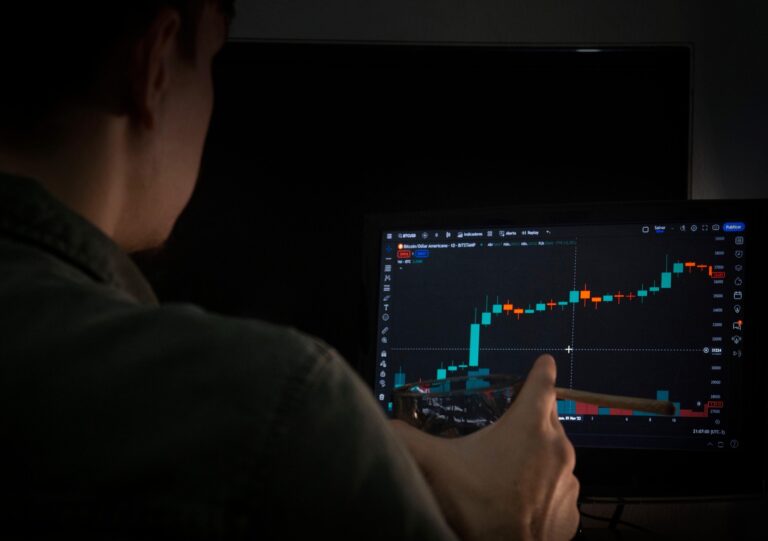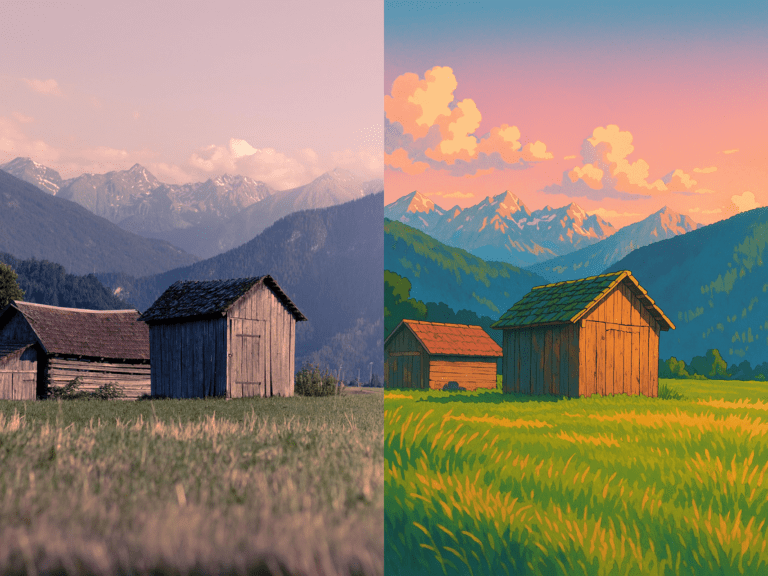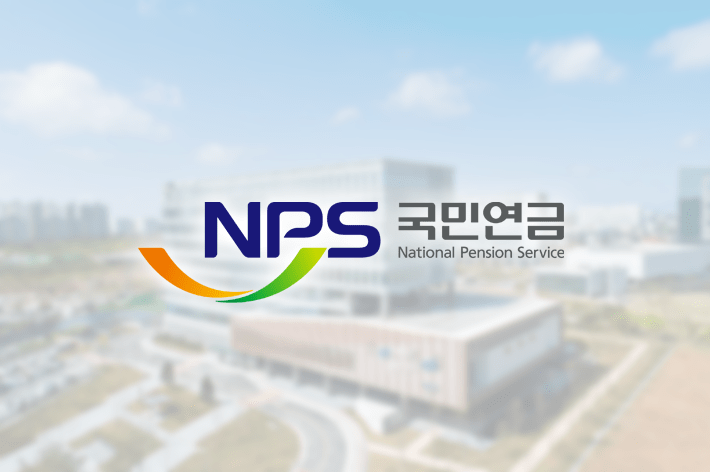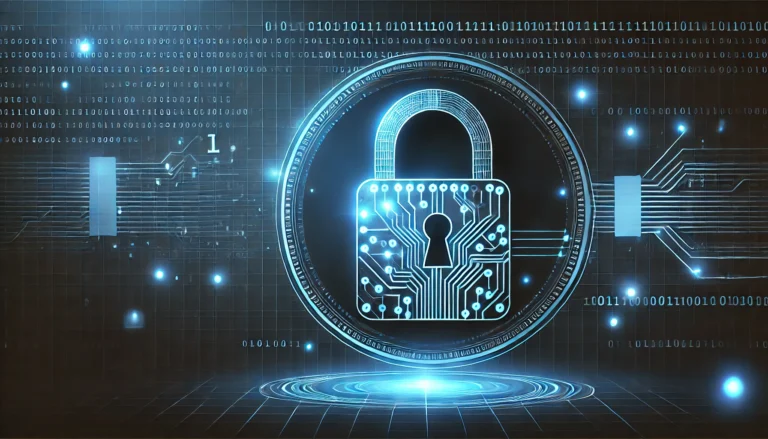There is a piece of content that is heating up social media these days. It is none other than “photos of our family drawn as if they appear in a Ghibli movie.” If you input a couple photo, a picture of a pet, or a child’s face into an AI image generator, it quickly produces a warm image that looks as if it were drawn by director Hayao Miyazaki himself. Many people express their amazement. “It really looks like Ghibli!”, “I should frame this!” However, within this admiration, there is also a subtle sense of discomfort. To whom does this emotion belong?
AI learns from countless image data to “reproduce” the style of a particular artist. In this process, the unique sensibility of a creator, like the drawing style of Studio Ghibli, is turned into data and distributed as if it were a new creation. According to copyright law, specific images or characters are protected, but “style” itself is not clearly protected legally. In this grey area, AI constantly imitates, and users easily consume it.
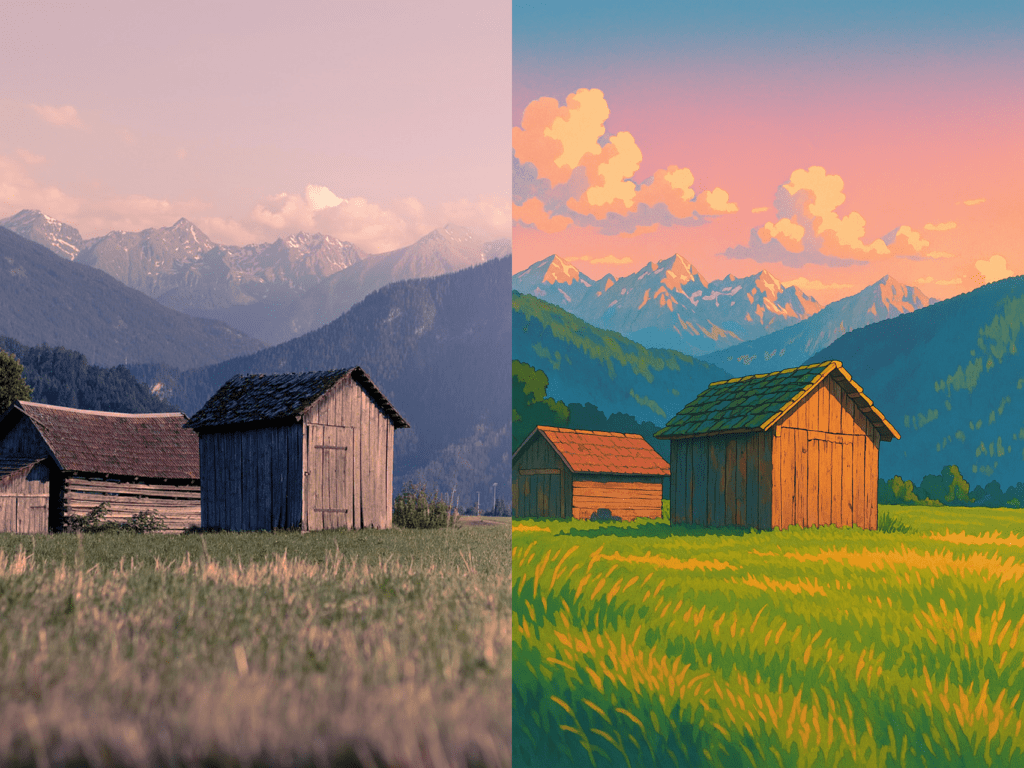
However, the Ghibli style is by no means created by chance. Director Hayao Miyazaki has devoted his life to expressing the movement of nature and human emotions through numerous field surveys and hand-drawn sketches. He has said, “We are not creating moving pictures, we are drawing life with emotion.” The movement of characters, the change in the color of the sky, even the trembling of a leaf—all were born from the hands of a master.
The ethical conflict that can arise from AI entering the realm of art is something that creators have been concerned about for a long time. In a 2016 documentary, after encountering AI animation, Director Miyazaki strongly criticized it, saying, “I feel a strong sense of revulsion,” and “This is an insult to life.” He pointed out the absence of “emotion” in the images drawn by AI, and this criticism is gaining renewed attention in light of today’s AI Ghibli boom.
In the past, there were fan arts created with love for Ghibli. Fan art was a form of “participatory creation” imbued with the fan’s interpretation and respect. But AI does not feel emotions. It reproduces only the style without respect for the creator or understanding of the universe (worldview). The result is familiar but lifeless. A soulless shadow encroaches upon the place of the creator.
Similar controversies continue not only with Ghibli but also in other fields. In 2022, an AI-generated image won first place in the digital art category at the Colorado State Fair in the U.S., sparking a debate: “Is this art?” In 2023, visual artists filed copyright infringement lawsuits against AI image platforms such as Stability AI and Midjourney. Along with claims that their drawings were used without permission for training, urgent voices followed, saying their livelihoods were at risk.
AI technology certainly presents new possibilities for creation. However, if those possibilities move in a direction that dilutes the identity of the creator, it is not progress of technology, but a regression of ethics. We now stand at a point where we must redraw the boundary between creator and imitation amid the images of admiration created by technology.
We ask: When your heart was moved by a Ghibli-style picture made by AI, whose emotion was it? And was that emotion justified? On the boundary between creation and infringement, it is now time for all of us to reflect.
